Highly elevated for 50 years
Area manager Cliff Razzo talks about avalanche control and safe driving as the Kootenay Pass celebrates half a century
On October 13, 1963, a ribbon was cut at the top of the Kootenay Pass summit by W.B. Black, MLA for Nelson and Creston, allowing 2,700 cars that had lined up to take advantage of the new transportation link between the East and West Kootenay. Six years of summer construction costing $12 million allowed the road to cross a summit reaching an elevation of 1,774 metres above sea level.
Now, 50 years later, the Kootenay Pass is still the highest highway in Canada that remains open throughout the year. On October 6, 2013, hundreds of people gathered on the summit of the Salmo to Creston highway to commemorate the milestone. A cavalcade of classic cars with RCMP escort, speeches and a ribbon-cutting ceremony rounded out the celebration. Tammy Hardwick with the Creston Valley Museum was instrumental in organizing the event and attendees had the opportunity to view displays from the museum along with some from Yellowhead Road and Bridge (Kootenay), the Kootenay Pass Snow Avalanche Program, BC Parks, the Creston Valley Quad Squad and Wildsight.
When the snow flies
The Kootenay Pass is a popular backcountry recreation area through access to Stag Leap Provincial Park in addition to being an important Highway 3 corridor and shipping route. Still, the elevation and terrain create an ongoing challenge over the winter months.
“The Kootenay Pass Snow Avalanche Program has evolved greatly over the past 50 years," said Cliff Razzo, Creston area manager with the Ministry of Transportation and Infrastructure. “Currently a crew of four avalanche technicians under the direction of Robb Andersen monitor the snow and weather condition on Kootenay Pass from November to mid-May. When snow and weather conditions create instabilities in the snowpack above the highway, the avalanche technician will close the highway for short periods of time to conduct avalanche control.
“Kootenay Pass is unique as the ministry has installed 23 Gazex cannons above the highway in the start zones of the avalanche paths," Razzo said. "Technicians are able to remotely detonate avalanches day or night. The Gazex system is a combination of oxygen and propane gases that are ignited in the cannon, which produces an explosion. In addition, crews will conduct helicopter bombing missions to reduce the instabilities that may exist deeper in the snowpack. The ministry’s avalanche technicians are highly dedicated, skilled and experienced professionals in the snow avalanche community."
Kootenay Pass is only closed for an average of 100 hours over a winter season with most of those closures being limited to two to four hours. Maintenance contractor Yellowhead Road and Bridge (Kootenay) Ltd. manages road maintenance including avalanche deposit removal. It’s a team effort, said Razzo, to keep traffic flowing over Canada’s highest winter pass. With about 10 metres of snow annually, and an average snowpack of three metres, it’s a remarkable task.
Safe travels
With continuous grades and challenging conditions, motorists need to be prepared before tackling the Kootenay Pass. Snow tires or chains are required from October 1 to April 30 each year. Carrying emergency supplies such as water and warm clothes is also advisable. Road and weather conditions, including planned closures, can be found on the DriveBC website or on Twitter @DriveBC. Another great resource for Canadians as they prepare to deal with cold-weather driving is Shift into Winter, a program through the Ministry of Transportation along with its partners.
The best piece of advice that Razzo offers to motorists is to be sure they drive to current road conditions. In poor conditions, drivers have to lower their speeds appropriately and pay strict attention to the task of driving.
It would be wise to pay attention to Razzo. His job has him driving highways during storms and discussing improvement strategies with government—all in the interest of making sure people can move safely and efficiently through the province. Combined with amazing sights and photographic opportunities, Razzo looks forward to helping drivers continue to get to their destination intact.
“I really enjoy the variety of issues that I encounter on a daily basis,” said Razzo. “It makes for an engaging and challenging work environment.”

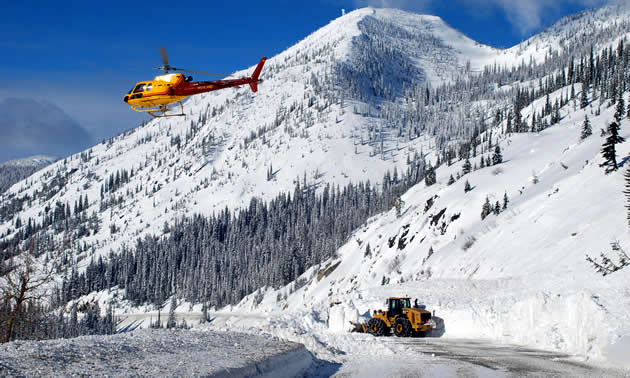
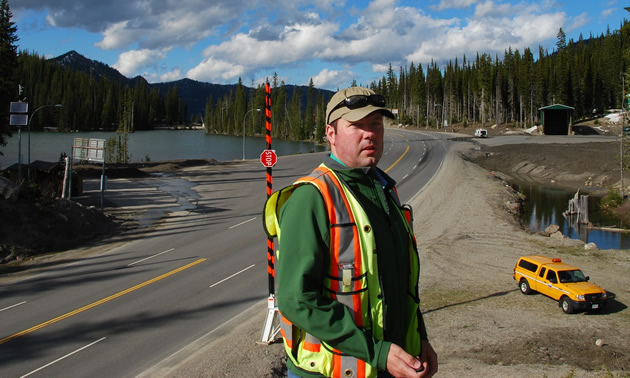
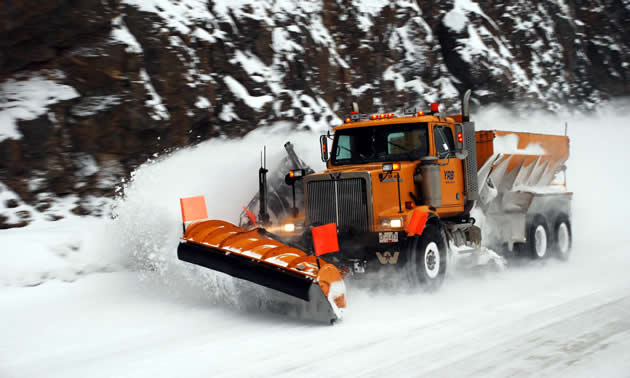
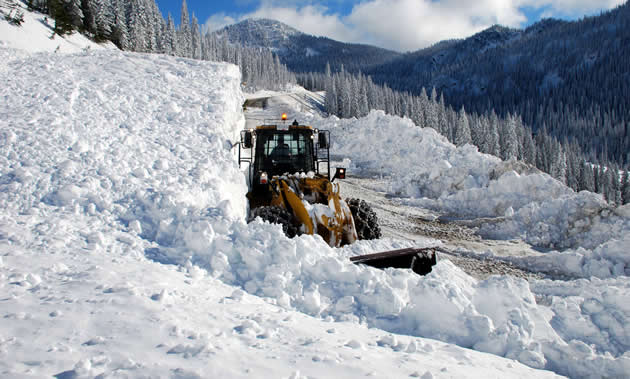
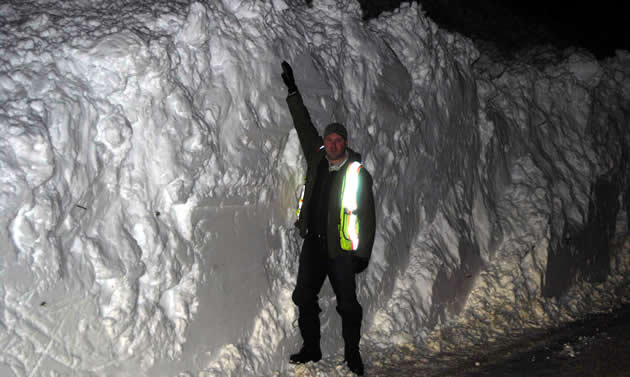

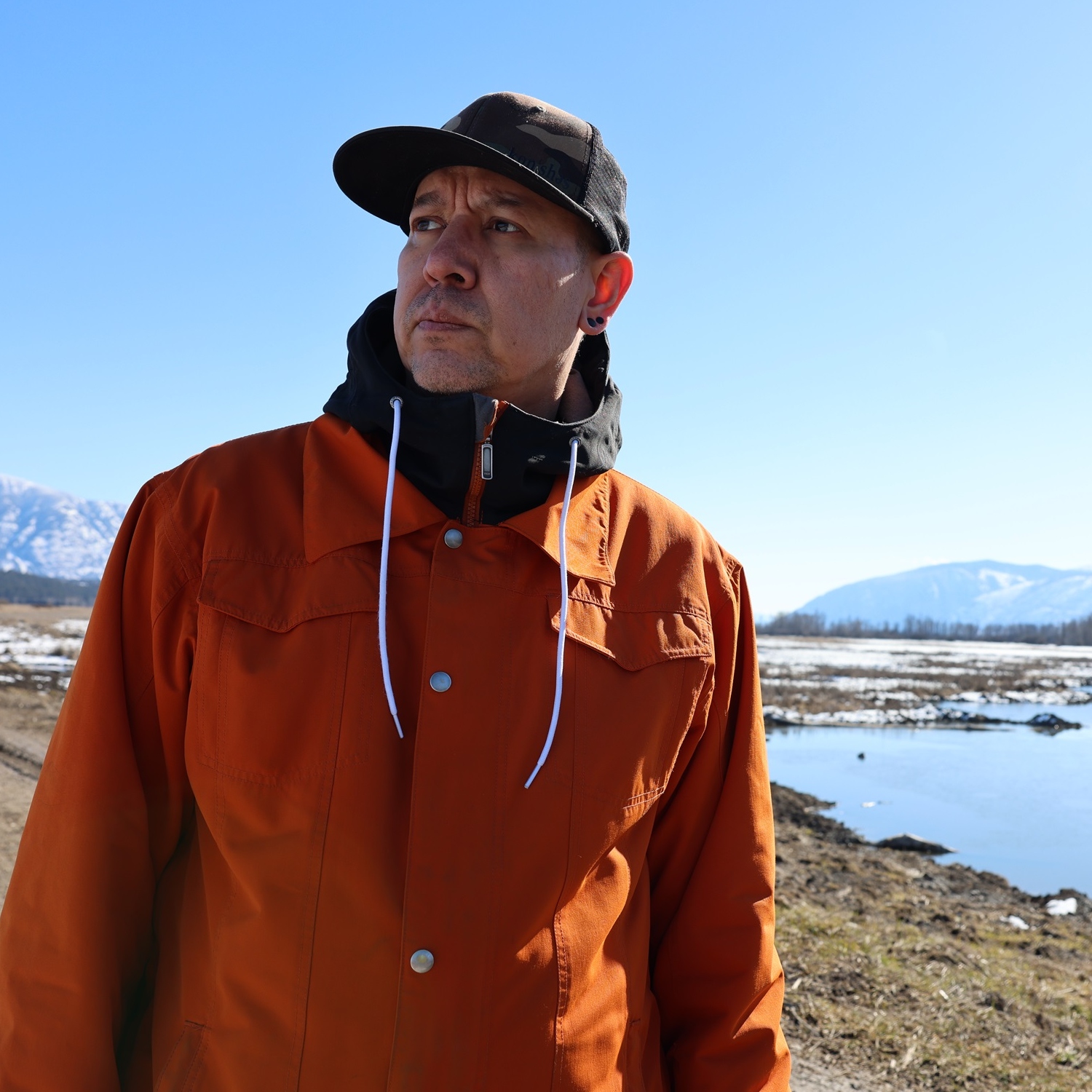



Comments